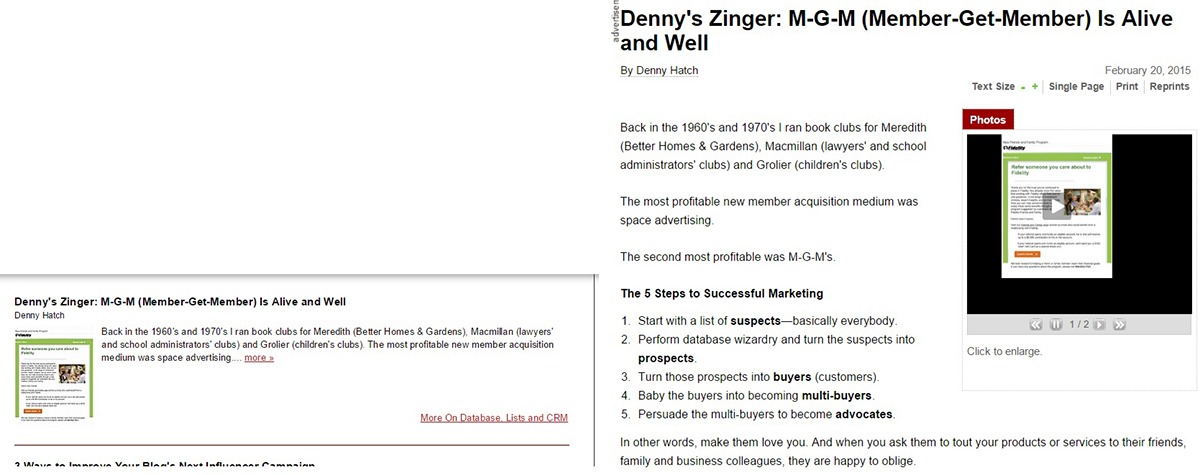5 Must-Do’s to Ensure Your Landing Page Carries Forward What Your Email Started
The success of an email marketing campaign lies in how you are able to sustain the reader’s interest beyond the last line of that email that you send him. The landing page as the name says, is the page someone lands on after clicking on the direct call-to-action button on the email. It is goal oriented towards a specific content or call–to-action and is different from the homepage that caters to the curious explorer on the Internet. You being the marketer cannot go wrong with the landing page, as this page is the key to generate leads.
1. Make it a consistent experience
Consistency is the key to success in email marketing. The customer should be able to identify the attributes of the page and should be able to relate it with the ones seen in the source, i.e. the email. Therefore, it is important for the marketer to maintain the same look and feel of the landing page as that of the email. In the example given below, the email (on the left) gives an overview about the place serving the sizzler with the help of an image. On clicking the call to action ‘View it’, the customer will be taken to the landing page (on the right) that talks about the same service in detail. The image, the color remains the same.
2. The end of the email is where the landing page begins
All marketing emails follow a specific design that focuses on the content as the customer scrolls down the mail. At the end of the email, the call to action button should be placed prominently taking the customer to the landing page maintaining the promptness of the customer’s action.
The left screenshot is the email that talks about the benefits of using the Citibank Credit Card. The purpose of keeping the call to action, which says ‘Apply Now’ at the end, is to direct the customer immediately to take an action based on the content that he/she has grasped. The right screenshot is the continuation of the email with more explicit directions on how to earn the weekend getaway by being an owner of Citibank Credit Card.

3. Synchronization of email content with the landing page
Sending out emails is the first step in email marketing to create awareness about your product or service. Once the awareness and the urge to buy your product/service are created in your customer, he/she will have to be taken to the landing page for more elaborate and explicit actions. However, you being the marketer cannot play the trick of taking the customer to your homepage. You will have to make sure that the link between the email and the landing page is maintained. Otherwise, your customer will end up confused and annoyed which will leave you without a possible convert.

4. Keep responsive emails and landing pages
In email marketing, other than the content, you will have to think of different ways of engaging the customer. Your email and the landing page should illuminate the ‘feel good’ factor’ which will make your customer spend more time on your page exploring you. Keep the required ‘call-to-action’ buttons and audio-visual elements that your customer can explore. It is also important to have mobile friendly design set for your emails for the Mobile Internet users.

5. Treat Emails as teasers and continue your story on the landing page
Emails are not meant to let out every detail about you or the content that you want to share with your customer. You need to build that curiosity in your reader about who you are and what you have to offer. It is important for you to build that air of excitement about your identity in the emails that you first send. Send minimal but relevant information in the email that will intrigue the reader to land on your landing page.

The formula for successful email marketing depends on the journey that you take your customer through. If you can get your email and the landing page right, you can do wonders to your company.
About the Author:
Smita More is a marketing professional and drives marketing activities for Juvlon – Email Marketing Software. Connect with Smita on LinkedIn.

